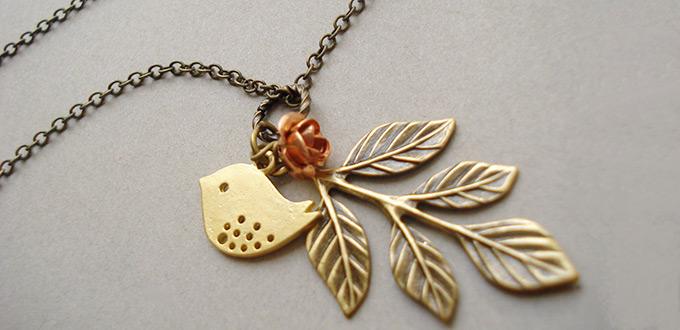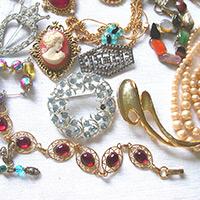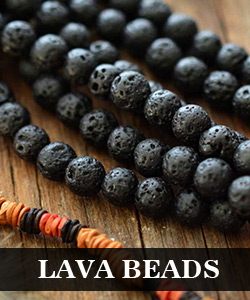- Comments (0)
- Nov 21, 2013
Brief Introduction to Basic Jewelry Making Techniques
Summary: This introduction to basic jewelry making techniques is a good chance for you to have knowledge of different jewelry making techniques.
As there are so many types of jewelry making, you may be confused by different jewelry making techniques. Today I will introduce some basic techniques which are perfect for beginners of jewelry making. With this article, you will be familiar with future handmade jewelry projects.
Bead Stringing: This typically refers to string any sort of beads onto a beading thread or wire. The design can be a single bead strung onto the thread or wire in the middle, or a number of beads strung onto a single thread or wire. You can attach clasps with crimps to the ends of the thread or wire for securing the bead, also you can simply knot the ends if there is an elastic or cord. If the beads are strung onto a memory wire, you only need to make a loop at each end to secure the beads on the wire.
There is another type of bead stringing. Make a bead dangle or link by threading a bead on a piece of wire and bending a loop on either one end or both ends of the wire. The dangles can be attached to earring hooks, and the links can be connected together into a simple bracelet or necklace.
Bead Weaving: This method generally requires seed beads, beading needles and thread. The key of bead weaving is that you need to thread in and out of seed beads into certain patterns, just like sewing. The popular stitches include the peyote stitch, brick stitch, herringbone stitch, square stitch, right angle weave stitch and Dutch spiral. For bead weaving projects, the needle commonly has to pass through a bead more than once, so it is necessary to use thin thread and needles.
Loom Beading: As the name suggests, it is a technique of weaving seed beads on a loom. Some very intricate designs can be made on the loom. The basic working principle of loom beading is stitching horizontal rows of beads onto vertical threads which are called warps. Although the results on the loom are generally flat and you have to set up the loom before beading, but loom beading is faster than off-loom beading. The hardest part of loom beading may be that when you complete your beadwork, you need to find a way to conceal the ends of all warps.
Wire Work and Wire Wrapping: You can create numerous pleasing shapes, frames and designs with wire. Once you’ve mastered the basic technique of wire wrapping, it is possible for you to make delicate jewelry like the ones sold in shops and boutiques. Wire work include making an eye pin, making a loop on a headpin, opening and closing jump rings and so on. Wire wrapping technique can help you create a spiral, a coil, a briolette wrap, a wrapped loop and some other complicated components which are useful for your exquisite handmade jewelry.
Victorian Beading and French Beading: These techniques are often used to make intricate beaded flowers, foliage, even small Christmas trees. Both of them use wire and seed beads, but the techniques are different. French beading typically requires adding quite a few beads onto the wire then running them up and down the wire in a particular motion. Victorian beading only requires adding a few beads at a time then bending the wire to let the beads go back and forth on the wire. There are less bends to the wire in French beading than in Victorian beading, so the Victorian beaded flowers are more durable than French beaded flowers.
Chain Maille: It is an amazing technique that can create intricate jewelry by joining jump rings together without soldering. There are some stunning patterns worth to learn: dragon scale chain maille, helm weave chain maille, byzantine chain maille, full Persian chain maille, and European 8-in-2 chain maille.
These are some basic jewelry making techniques that you’d better know if you are a jewelry maker. Mastering different jewelry making techniques will help you design and make more fabulous jewelry.








